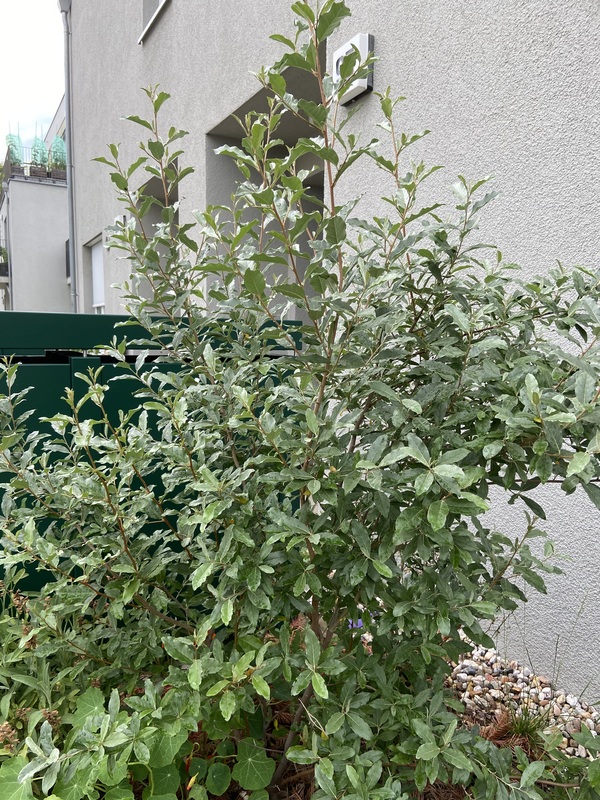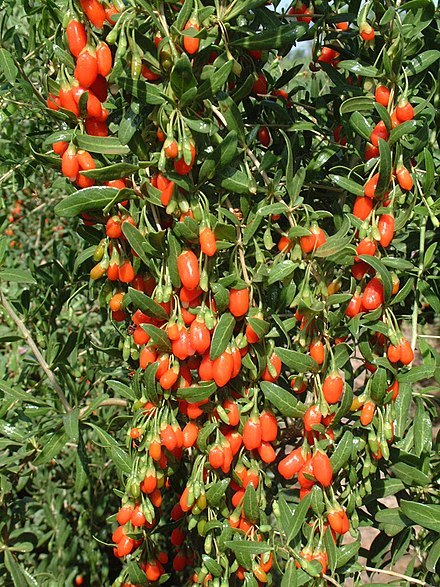Description
Juniperus communis, commonly known as common juniper, is a species of conifer native to the northern hemisphere. It is a small to medium-sized evergreen shrub or tree, typically growing to 3-10 meters tall. The leaves are scale-like and arranged in opposite pairs, and are often brown or green in color. The flowers are small and inconspicuous, with the male and female flowers occurring on separate plants. The fruit is a berry-like cone, typically blue-black in color.
Juniper prefers growing conditions that include well-drained soil and full sun to partial shade. It is tolerant of a wide range of soil types and can be grown in a variety of climates, including cold and temperate regions. It is winter hardy and does not require any special treatment to survive the winter.
The berries and leaves of juniper can be used for culinary purposes. The berries can be used to flavor meat dishes, sauces, and beverages such as gin. The leaves can be used to make tea. The berries can be stored by drying or freezing them.
Juniper has a number of uses, both practical and ornamental. It is often used as a ground cover or hedge plant, and its dense growth habit makes it useful for wind protection and erosion control. It is also a popular ornamental plant, valued for its evergreen leaves and attractive berries. Some varieties of juniper are used in traditional medicine to treat a variety of ailments, including stomach upset and respiratory problems.
Juniper is also an important plant for wildlife, providing food and shelter for a variety of birds and small mammals. The berries are an important food source for birds, and the dense growth habit of the plant provides nesting sites and shelter.



